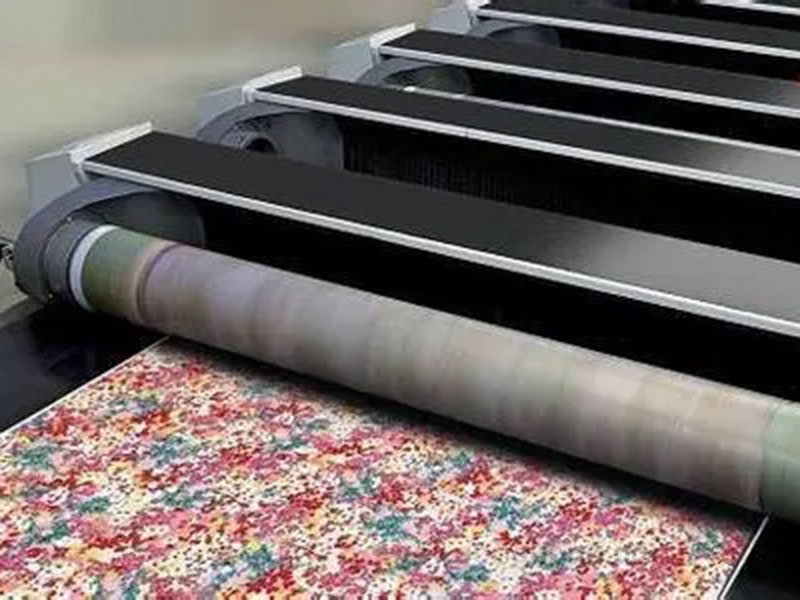Release time:March,26, 2025 Author:admin 

Rotary screen printing, a cornerstone of modern textile manufacturing, has transformed the efficiency and precision of fabric design application. This technique employs cylindrical nickel screens with perforated patterns to transfer ink onto continuously moving substrates, enabling high-speed, large-scale production.

Mechanism and Process
The process involves rotating screens, each dedicated to a specific color, which press ink through micro-perforations onto fabrics. Unlike flat-bed methods, rotary systems allow uninterrupted printing at speeds up to 100 meters per minute, ideal for bulk orders exceeding 200 meters. Advanced laser engraving ensures pattern accuracy, while automated ink-level controls maintain consistency. A key advantage lies in its ability to handle intricate, multi-color designs without alignment issues—though challenges like blade-induced streaking may arise if equipment is improperly maintained.
Applications and Advantages
Rotary screens dominate textile printing for fashion, home furnishings, and industrial materials like wallpaper . Their versatility extends to fabrics such as cretonne, flannel, and synthetic blends, accommodating designs ranging from geometric repeats to gradient effects. Standard nickel screens, characterized by uniform thickness and smooth surfaces, ensure minimal ink waste and consistent penetration. For instance, Jinchang Yuheng Rotary Nickel Screen Co., Ltd.—a leading manufacturer—produces over 1.2 million screens annually, serving 500+ global printing mills with customized solutions

Technological Innovations
Modern advancements integrate smart manufacturing technologies, such as parameter optimization for ink viscosity and automated defect detection, to enhance print quality. Hybrid machines combining flat-bed and rotary capabilities now achieve 24-color prints, further expanding creative possibilities.
Market Impact
The cost-effectiveness of rotary printing makes it indispensable for mass production. Screens priced between US 20–25 per piece. offer durability, reducing long-term operational costs. Emerging markets in Brazil, Egypt, and Southeast Asia increasingly adopt this method, driven by demand for fast fashion and durable home textiles.
Future Prospects
As sustainability gains prominence, rotary screen printing adapts through eco-friendly inks and energy-efficient drying systems. Continued R&D focuses on reducing setup times and expanding compatibility with digital design tools, ensuring its relevance in evolving textile industries.
In summary, rotary screen printing balances tradition and innovation, offering unmatched scalability and precision. Its role in global textile production remains pivotal, underpinning both everyday fabrics and high-end designer collections.